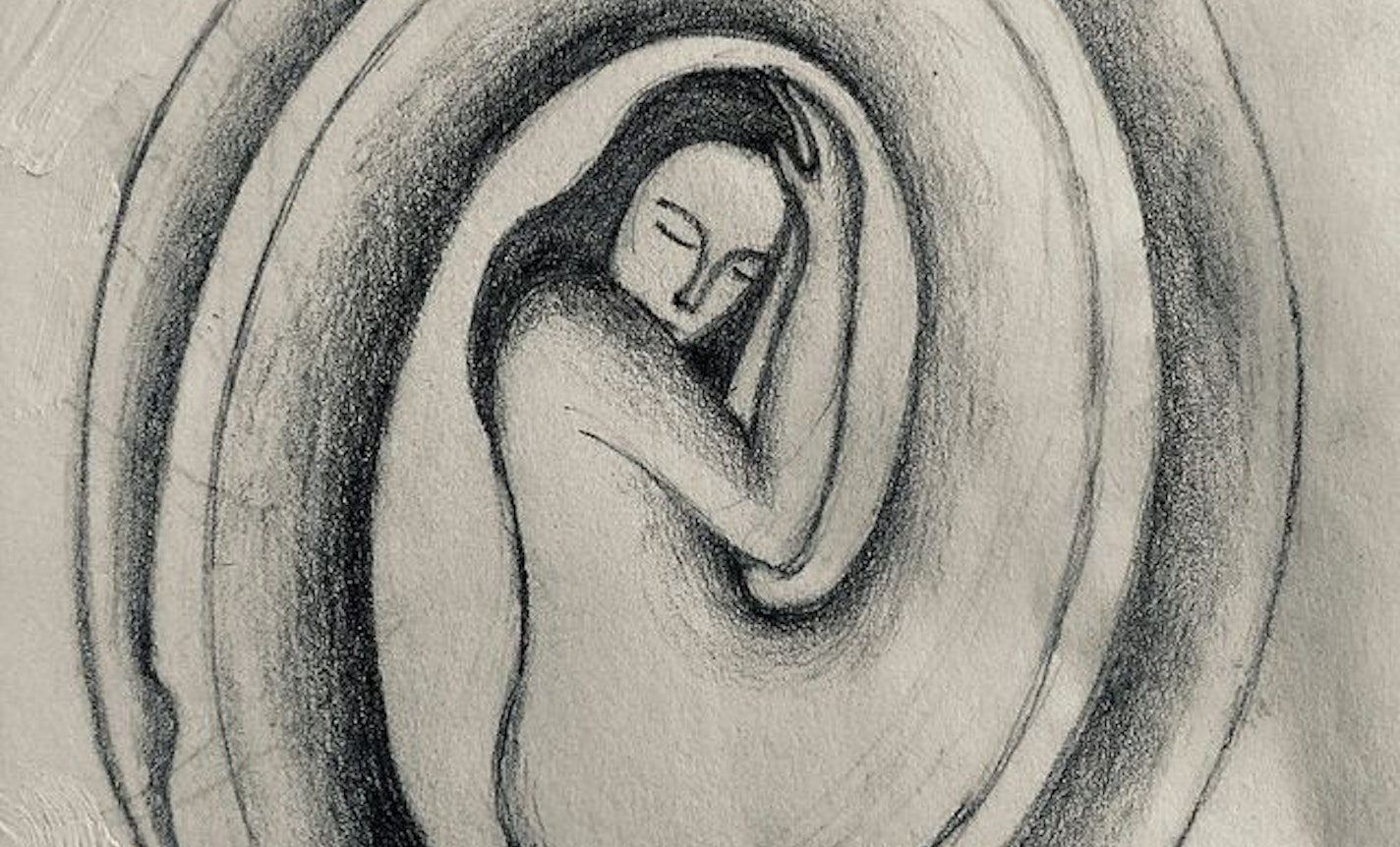Practices to Support the Grieving Body
Grief hits the body before anything else. These practices are designed to support the grieving body as it learns to exists in the world without that which is gone.
A resource by Move Your Grief

1.Ritualize Your Grief
Dedicate a part of your home or nature to your grief. Could be a nook, a closet, a room. Make it cozy, make it yours. Perhaps place a photo or image (or several) of the one(s) who passed in easy viewing. Perhaps place significant objects near the photo. After you have created it, take some time to sit or lie in this area. Journal or draw your response to this creation-what name would you give it? Return to this area every day, ideally around the same time each day, and let your grief guide you to do what it needs-stretch, move, cry, pray, journal, make art etc. This space it is there to hold your grief, and the more regularly you utilize “grief time” the more fully you’ll be able to participate in other parts of life.
2. Find a hard, supportive structure
Maybe it’s your floor or the ground outside. Lay down and connect to your breath, closing your eyes if it’s comfortable. Let yourself melt, and give permission to the parts of your body that are holding tension to let it go. Breathe your grief into the ground, or just take a nap. Whatever you’re holding, the earth can take it. If movement wants to come, let it. Notice how your body moves after giving it time to lie still. (If this feels overwhelming, set a timer.)
3. On that note, Rest
It really can’t be overstated how exhausting it is to grieve. Not only is it exhausting to feel the grief come in waves as it does and to attempt to live life and carry out tasks, it is also exhausting to deal with well-meaning people who say the worst things and demand energy that you don’t have. As much as possible, give yourself the rest you need, letting your body melt as much as possible.
4. Take a Grief Walk
Either alone or with someone who gets it (e.g. can be with your grief without needing to say or do anything about it), take a walk-doesn’t matter how long. Pause at the beginning and the end to notice your breath and how your grief is living in your body. Journal and/or make art afterwards if you feel called.
5. Wiggle
Start laying down, sitting or standing. Start by taking a few breaths to locate where your grief is living in your body. Start wiggling/shaking that part, letting other parts get involved as they want to. See if your whole self can get involved, giving yourself over to any emotion that comes forth. Wiggle as long as you want to-set a timer if that feels too open-ended.
6. Stretch~Breathe
Self-explanatory. Start stretching whatever part of your body feels sore, and breathe deeply into any sensation that comes. Let tears and/or sound fall out of you as they need to.
7. Drink Water
It sounds obvious, but grief is as dehydrating as it is exhausting, and we are made of mostly water. Particularly in early grief when our sense of time and ability to think and plan has diminished, it can be helpful to focus on something uncomplicated. Set reminders if you need to.
8. Oil
Body oiling can be a psychic and physical protection in grief. You can do it as a night-time ritual before going to bed, in the morning before you leave to face the world, really anytime. Also, our nerves are surrounded by fat, so rubbing fat into skin is an instant calm down/re-set.
9. Eat
For some, their appetites lessen in grief, and for others it’s the opposite. Try to eat regular meals and vegetables. Don’t put rules around what you eat.
10. Hold and Be Held
Whether it’s a pillow, an animal or another person, know that touch is the language of connection. You get to choose who you let it.
11. Play
Anything that is improvisational and free flowing and non-goal oriented is play. When it feels possible (and not before then), going to a playground, rolling around, dancing, playing instruments, singing and a myriad of other things can all help connect you with your life force energy and be oh so nourishing.

 Back to Community Resources
Back to Community Resources


